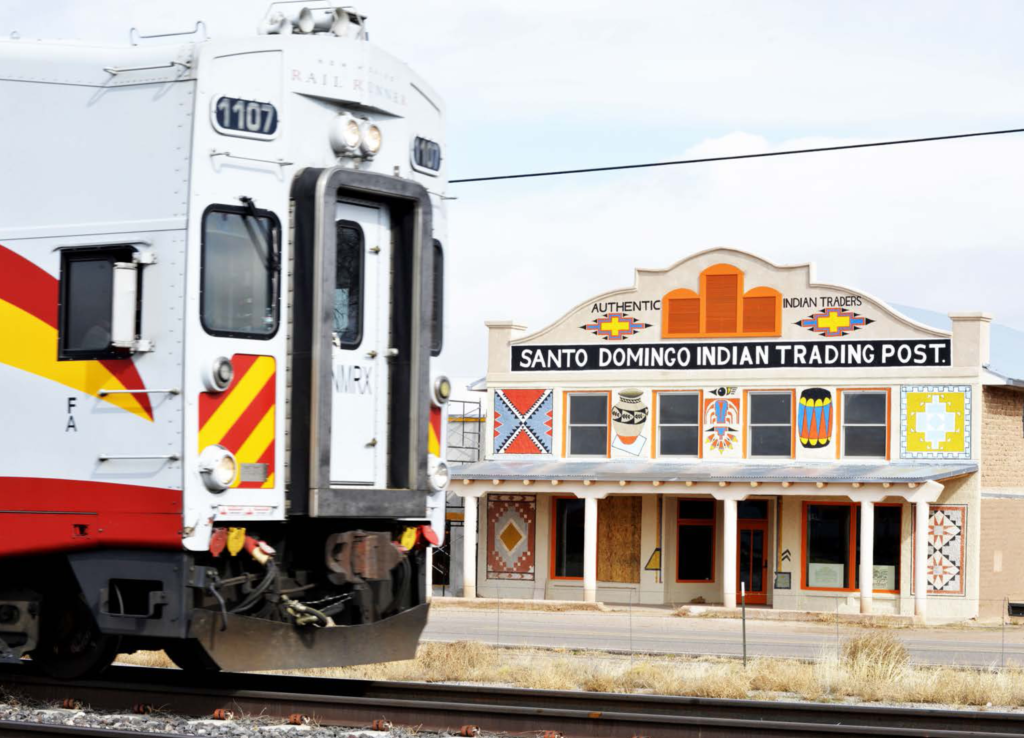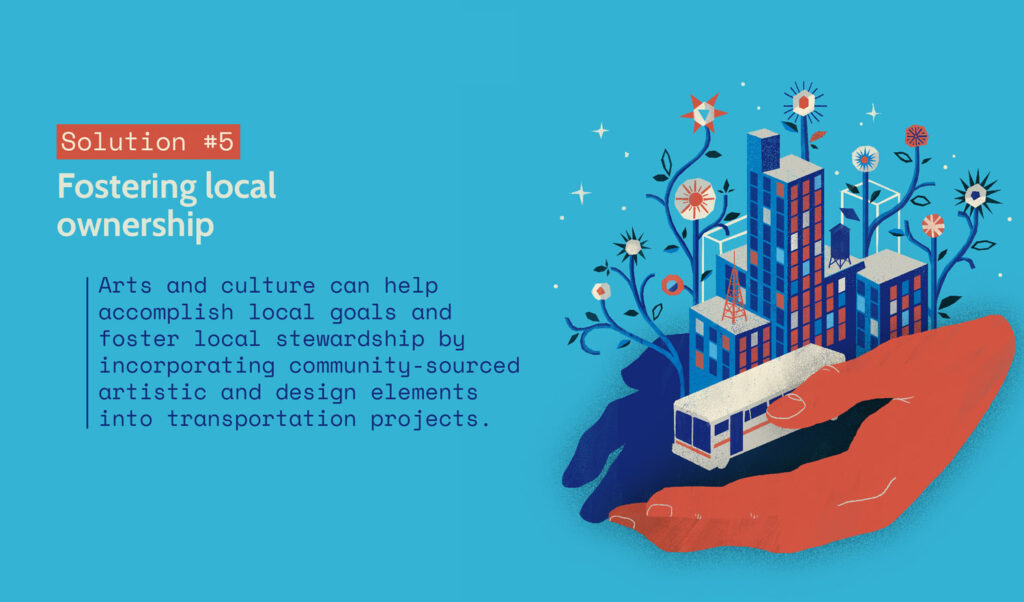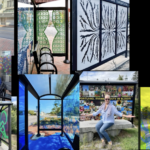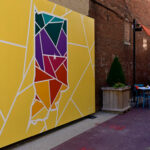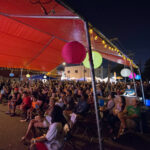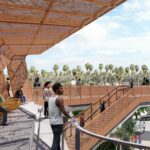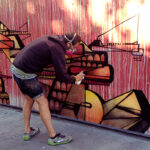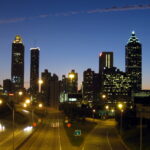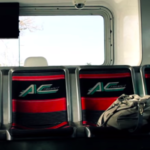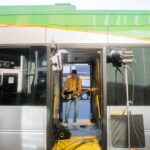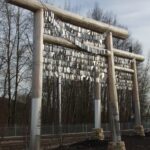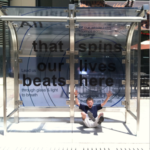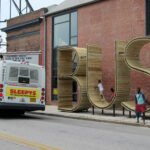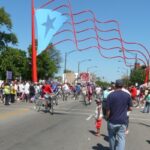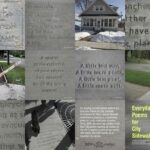After years of transportation disinvestment that disconnected the pueblo from nearby economic hubs and pathways for tourism, the rich artistic and cultural assets of the pueblo guided and informed a process to create a safe pedestrian trail connecting the town, the pueblo housing developments, and a new commuter rail station.
The challenge
Located between Albuquerque and Santa Fe, New Mexico, the pueblo of Santo Domingo (also known as the Kewa Pueblo) is situated along historic roads of commerce and served as a trade center in the early 1920s. Despite the changes to the area over the years, the native Kewa people have maintained their traditional social and religious structures and cultivated a rich culture of artistry, specifically in jewelry, basket weaving, and pottery-making.
After years of transportation disinvestment that disconnected the pueblo from nearby economic hubs, unemployment has risen and roughly a quarter of residents live below the poverty line. Local artists, who account for nearly 75 percent of the population in the pueblo, rely on selling their artistic wares as a main source of income. Yet they are hampered by a lack of access to public transportation and the lack of connections to nearby economic hubs and pathways for tourism into the town.
In 2010, the development of a new Rail Runner Express commuter train station nearby presented an opportunity for the tribal community to improve its connection to the station and reconnect to the rail corridor that links Santa Fe with Albuquerque. While this development could have improved access to better jobs and educational opportunities outside the reservation and supported the local economy, the commuter station was built without safe pedestrian access to the station for both residents and tourists.
“…public transportation, trails and sidewalks are often basic infrastructures that cities and suburbs almost take for granted. Rural communities can become even more disenfranchised because they do not often have this basic infrastructure.”
Joseph Kunkel, Executive Director of the Sustainable Native Communities Collaborative
While the pedestrian connection was not included as part of the commuter station’s initial development, project managers knew there was a need to improve the livability of and connection between the town, the pueblo housing developments, and the commuter station.
The project
Atkin Olshin Schade Architects and Olin Studio worked with Kunkel and local artists to develop a plan for an arts trail to feature eight sculptural nodes created by local artists and designed in conjunction with community members, to connect housing to the transit center and out to a new arts market. With the need for employment and the strength of local creative assets in mind, the team hired pueblo artists to design large-scale nodes for the trail that would be visible even by riders on the train. All designs underwent a community vetting process that included pueblo members and tribal leadership.
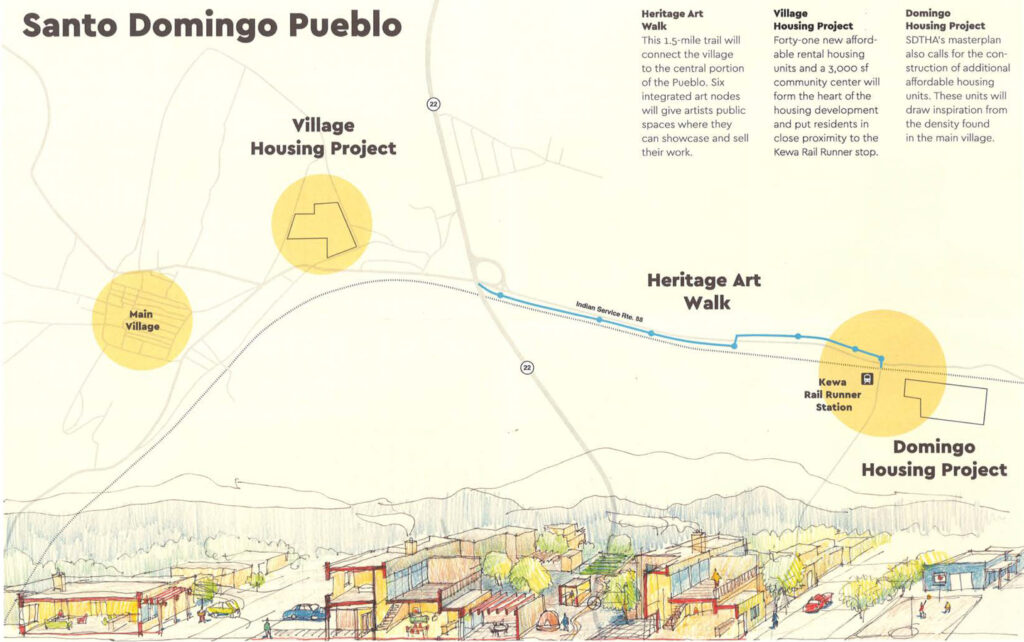
The community also worked with the project designers to deepen the culturally-specific experience of the trail, and considered this aesthetic to be part of maintaining the safety of the walkway
The team staged charrettes with volunteers and the Santo Domingo Planning Department to explore the possibility of using these node designs to explain Santo Domingo culture, history and the surrounding landscape.
In addition to connecting residential areas of the pueblo with the commuter station, once built, the Arts Trail will lead to the redeveloped Santo Domingo Trading Post, envisioned to serve as an art market where locals will sell their wares to visitors. This facilitates an economic and cultural exchange between both groups and an opportunity to begin to craft a more sustainable platform for exchange that may contribute to more equitable transportation planning processes.

The results
In the end, the community and partners created a plan for an artistic walkway that will help address the shortcomings of an underdeveloped transportation plan for a historically disinvested population in a historically disinvested geography. This last mile of connectivity provides valuable access to a community that critically needed it. However, just the completion of a walkway between these sites would not have been enough. The integration of art into the walkway will make the experience of traveling from home to the Rail Runner station to be uplifting, rather than burdensome; empowering, rather than a constant reminder of systemic neglect; welcoming and safe, rather than a haphazard afterthought; and, in the end, a walkway by and for the people who need it most. Likewise, visitors will be able to more easily reach Santo Domingo and experience it in a way that is culturally enriching and even educational. Arts and cultural tools allowed the tribal community to rewrite its relationship to transportation infrastructure that failed to meet the needs of the population, and instead foster ownership in new transportation infrastructure that serves the pueblo.
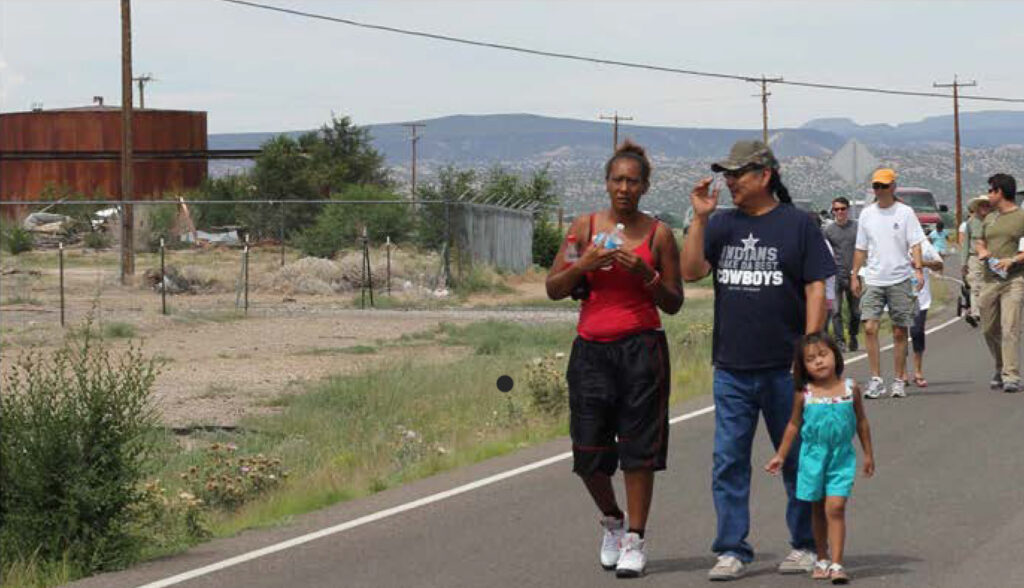
Key partners: Santo Domingo Tribal Planning Department, Enterprise Community Partners, Joseph Kunkel, Atkin Olshin Schade Architects, Olin Studio

